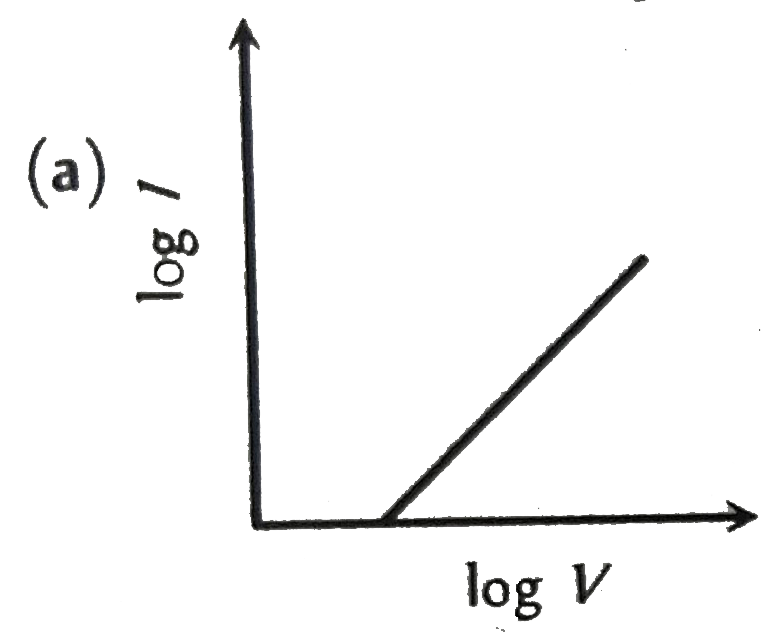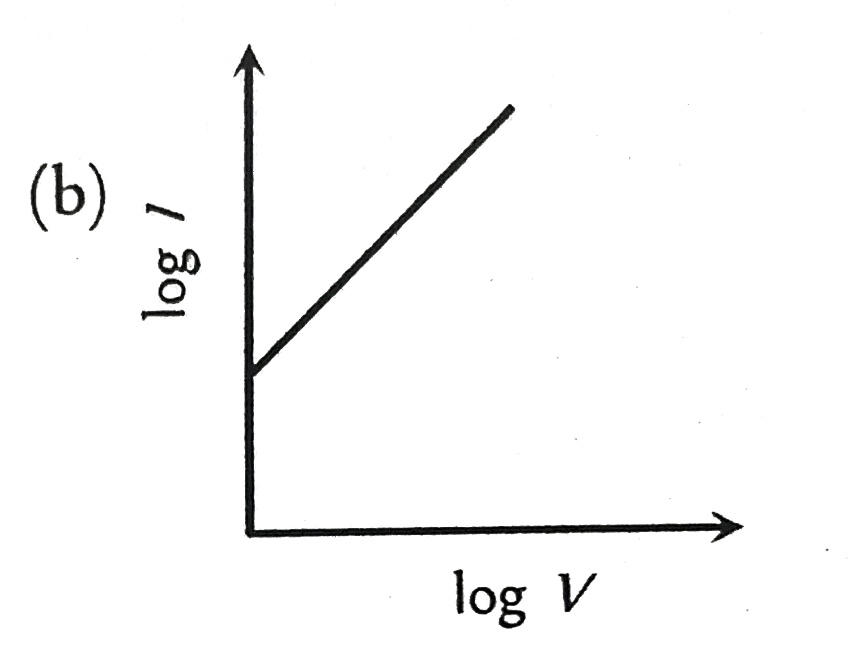If a current of 3 A flows through a wire of resistance 8 ohms, calculate the potential difference applied across its ends.
The correct Answer is:24
To solve the problem of calculating the potential difference across a wire when a current flows through it, we can follow these steps:
1. Identify the Given Values:
- Current (I) = 3 A (amperes)
- Resistance (R) = 8 Ω (ohms)
2. Use Ohm's Law:
- Ohm's Law states that the potential difference (V) across a conductor is directly proportional to the current (I) flowing through it and the resistance (R) of the conductor. The formula is:
V=I×R
3. Substitute the Given Values into the Formula:
- Substitute I = 3 A and R = 8 Ω into the formula:
V=3A×8Ω
4. Calculate the Potential Difference:
- Perform the multiplication:
V=24V(volts)
5. State the Result:
- The potential difference across the ends of the wire is 24 volts.
Final Answer:
The potential difference applied across the ends of the wire is 24 volts.
---
- Current (I) = 3 A (amperes)
- Resistance (R) = 8 Ω (ohms)
- Ohm's Law states that the potential difference (V) across a conductor is directly proportional to the current (I) flowing through it and the resistance (R) of the conductor. The formula is:
V=I×R
- Substitute I = 3 A and R = 8 Ω into the formula:
V=3A×8Ω
- Perform the multiplication:
V=24V(volts)
- The potential difference across the ends of the wire is 24 volts.
The potential difference applied across the ends of the wire is 24 volts.
Topper's Solved these Questions
- ELECTRIC CURRENT AND ITS EFFECTSBOOK - BEIITIANSCHAPTER - ELECTRIC CURRENT AND ITS EFFECTSEXERCISE - CONCEPTIVE WORKSHEET
31 Videos
- ELECTRIC CURRENT AND ITS EFFECTSBOOK - BEIITIANSCHAPTER - ELECTRIC CURRENT AND ITS EFFECTSEXERCISE - SUMMATIVE WORKSHEET
23 Videos
- HEATBOOK - BEIITIANSCHAPTER - HEATEXERCISE - IIT JEE Worksheet (V. Matrix Matching)
4 Videos
Similar Questions
A current of 0.2A flows through a conductor of resistance 4.5Ω. Calculate the potential difference at the ends of the conductor.
View SolutionIf a charge of 720 C passes through a wire of resistance 5 ohms in one minute then the potential difference between the ends of a wire is "5x" then "x=?
View Solution
Knowledge Check
The current following through a resistor connected in an electric circuit and the potential difference applied across its ends are shown in the figures below :
The value of the resistance of the resistor is :
 A10ΩB15ΩC20ΩD25Ω
A10ΩB15ΩC20ΩD25ΩWhen a current I is passed through a wire of constant resistance, it produces a potential difference V across its ends. The graph drawn between log I and log V will be
A B
B C
C D
D
How much current is flowing through a 1kΩ resistor when a potential difference of 2 V is applied across its end ?
A2μAB2mAC2AD1A
How much current flows through a 2 kΩ resistor when a potential difference of 4 V is applied across its ends ?
View SolutionHow much current flows through a 2kΩ resistor when a potential difference of 4V is applied across its ends?
View SolutionThe current flowing through a resistor connected in an electrical circuit and the potential difference developed across its ends are shown in the given diagrams.

Find the value of resistance of the resistor in ohms.
View SolutionHow much current is flowing throught a 1kΩ rsistor when a potential difference of 2V is applied across its end ?
View SolutionA current ofImAis flowing through a resistance of 1000Ω. To measure the potential difference across it, a voltmeter should be used whose resistance is
View Solution
